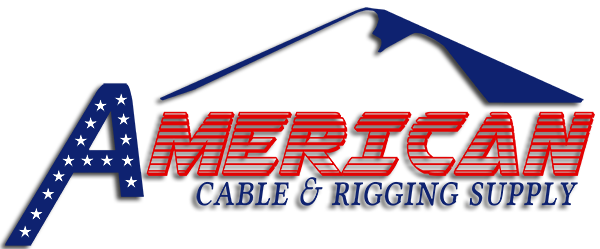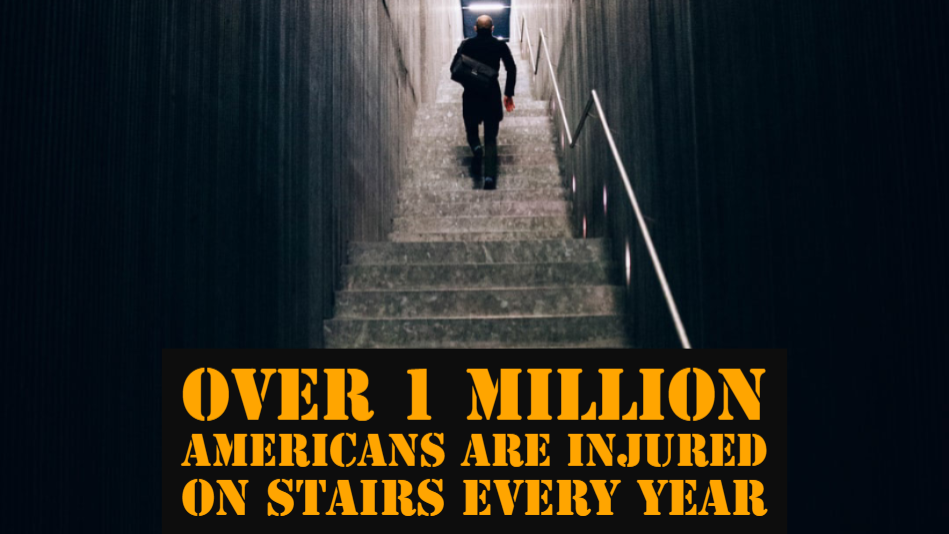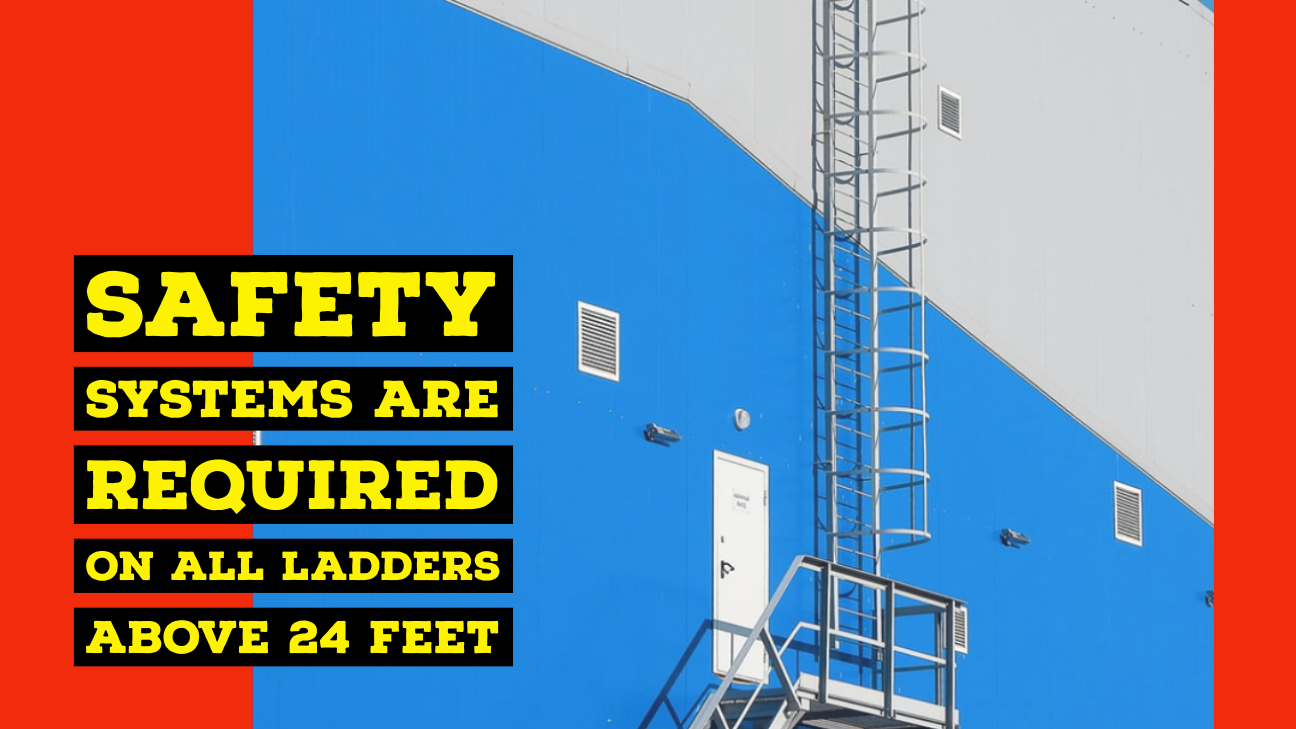
What You Need to Know Before Choosing Cable Railing Products
Does your home have multiple levels? Or maybe you’ve just built a new deck. Well, if this is the case, you need to invest in railings for your home. But why?
Railings play a vital role in enhancing safety and style in your home. Statistics show that one in three elderly adults sustain serious injuries from stairway falls in a year. As such, you need to exercise caution when looking for cable and rigging supplies. Here are the basic considerations to make.
1. Be Mindful of the Temperature
Are you looking for a cable and rigging supplies for your home? Start by checking the prevailing temperature where you intend to use the cable hardware.
For instance, will you be using the cable railing supplies indoors or outdoors? Using cable rail fittings outdoors exposes it to harsh conditions like snow, rain, and sunshine. As such, ensure that your ideal railing materials can withstand these harsh elements.
But what happens if you’re looking for cable and rigging supplies for use indoors? The temperature is still a concern. Some railing supplies work best in hot and others cold temperatures. Consider the prevailing temperature when selecting your ideal chain slings.
2. Check the Load Limit
Do you want to lift a certain weight? If so, ensure your ideal lifting slings can handle the size and weight of the load. Remember, the load limit may not be the same for every equipment you use.
For instance, chain slings are ideal for lifting heavier loads. If you choose the wrong sling, you risk dropping the item that you’re moving, which is extremely dangerous.
3. Compare Different Sling Materials
Thanks to OSHA protection measures enacted in 1971, various cable and rigging supplies have been manufactured. This means you’ll have different options to consider in your selection. Such include nylon, polyester, and chain slings.
When looking for cable and rigging supplies, consider their ability of a material to withstand certain weight limits.
4. Consider the Aesthetics
Are you looking for a cable and rigging supplies for your home? Then choose an option that appeals to your home style.
Fortunately, cable railings are versatile and come in different styles, colors, and materials. The style is especially important where the railing will be at the center of your home or any other place that it’s clearly visible.
5. Emphasize Safety
Yes, you’re investing in your dream house and you want the railings to suit your taste. But before you consider how they enhance the appearance of your home, ask yourself: are they safe?
The ends of these cable railings are known as “fittings” or “tensioners.” In most cases, they are used as the anchors thus as the foundation of your railing. Since they are wires, there is a need to make adjustments and tune them, in case the ends become frail or loose. As such, it’s important to make smart choices when investing in railings.
6. Plan the Installation
There are different elements to a cable railing. However, once you cover the basics, the implementation will be quite easy. You can either do the installation yourself or seek help from an expert.
Whichever option you decide on, placing an order should be your next step. Always choose a competent supplier that will meet your diverse needs.
All you need to do is check the prevailing rules and regulations that touch on cable railings installation. Don’t flout any of these laws as they can be expensive.
Looking for Cable and Rigging Supplies?
Installing cable railings is a stylish way to complement the exterior and interior of your property. The unique look and unobtrusive design work with a wide range of décor including the traditional, modern, and contemporary themes. Even better, you can easily incorporate cable railings into your existing staircase with ease. Installing the cable railings will not only help to improve the aesthetics of your home. It will also prevent against accidental falls in the property.










Recent Comments